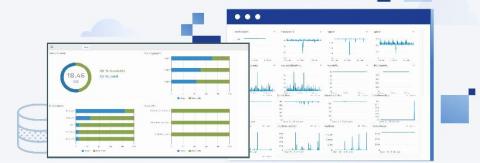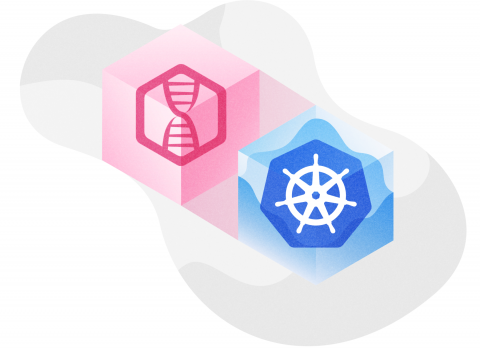Storage Monitoring with OpsRamp
OpsRamp helps IT teams monitor the availability of physical, logical, and virtual storage resources with performance indicators for storage capacity, overall utilization, and disk latency. IT teams can optimize their storage environments with granular visibility for storage components such as volume, fiber channel, RAID, SAN switches, LUNs, caches, and disks.










